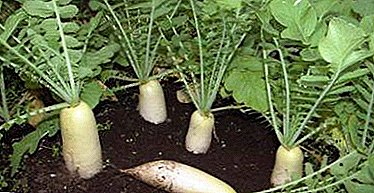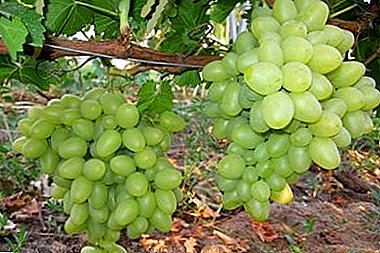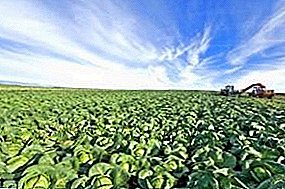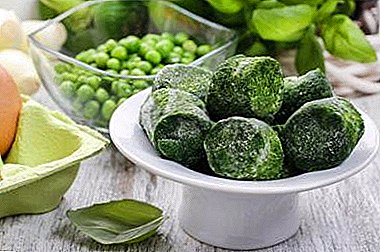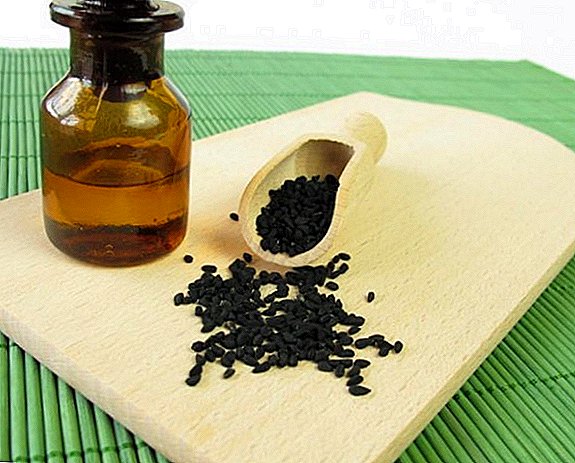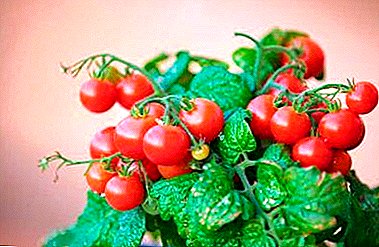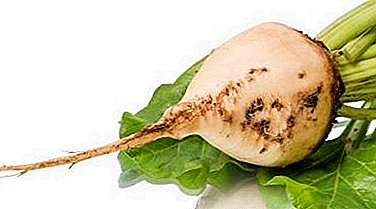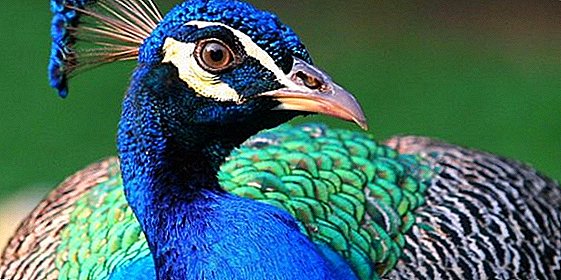 This, perhaps, the most beautiful bird in the world had to be seen by everyone. But under natural conditions, this handsome man can be found only in some regions of the Indian subcontinent and nearby islands, but in zoos and private households peacocks are grown almost all over the world.
This, perhaps, the most beautiful bird in the world had to be seen by everyone. But under natural conditions, this handsome man can be found only in some regions of the Indian subcontinent and nearby islands, but in zoos and private households peacocks are grown almost all over the world.
Speaking about why people plant these birds in themselves, the film “White Sun of the Desert” comes to mind, where former customs official Vereshchagin, who had languished in idleness, boasts that he started peacocks.
"Peacocks, you say?"- this Sukhov's catch phrase from the movie is always used when we want to emphasize senseless luxury, resting on the laurels of past glory and indifference to everything that requires decisive action.
There is a more prosaic reason to grow peacocks - their meat is eaten, and some even think that there is nothing tastier than peacock meat of all types of chicken or other poultry.
Did you know? Probably, in tasting peacock meat there is something particularly aristocratic, it was not without reason that it was the favorite food of the French kings, decorated the tables at the most magnificent feasts in medieval Europe, and today is served in one of the most fashionable restaurants in London.If you feel like an aristocrat or it seems too boring to grow chickens, and among all representatives of poultry you decided to stop on the most exotic one, then you should carefully understand how to care and how to feed peacocks so that they feel no worse than wild nature.

At home, you can also raise such breeds of chickens as: Wyandot, black bearded chickens, chickens Sussex, Fireol, Adler silver chickens, Rhode Island chickens, Poltava chickens, Minorca chickens, Orpington chickens, Orpington chickens, Kuchinsky anniversary chickens, Leghorn, Cochinha, Brama, Zagorsky salmon chickens.
Selection of food at home: exploring the features
Choosing a diet for these exotic birds, it is necessary to try as much as possible to bring it closer to what peacocks eat in their natural habitat.
Did you know? Peacocks are omnivores. In nature, this bird eats both vegetable (seeds, berries, fruits of trees, and also shoots of plants, and in India peacocks do not stop eating at young shoots in the fields), and animal food. In addition to worms and other invertebrates, these large birds often hunt small rodents and even snakes.
Proceeding from this, if the peacock acquired by you was not bred on the farm, you need to try hard, bringing its diet to more suitable and accessible food for us gradually, because otherwise you can cause serious harm to the health of the bird, or it simply refuses to understand it. food.  The amount of microelements and vitamins necessary for peacocks can and should be adjusted with special feed additives so that the birds are healthy, active and full of energy.
The amount of microelements and vitamins necessary for peacocks can and should be adjusted with special feed additives so that the birds are healthy, active and full of energy.
Important! Both deficiency and excess food are equally dangerous to peacock health.
The basis of the power of peacocks at home, grain feeds make up, but one meal per day (preferably morning or lunchtime) can be made different from grain, giving the bird a mixture of products left from your table.
Suitable dry bread, crumbs, boiled potatoes, various cereals. Meat food necessarily must be present in the diet of peacocks; In addition to insects, all kinds of larvae and earthworms (if you cannot find such animals in your country house, you can buy them in pet stores or in stores for fishermen), every two weeks peacocks should receive ground beef.  In the warm season of the bird it is necessary to add fresh greens to food, it is very good to include such additives in the diet of peacocks in winter. In addition, the bird must receive a small amount of salt.
In the warm season of the bird it is necessary to add fresh greens to food, it is very good to include such additives in the diet of peacocks in winter. In addition, the bird must receive a small amount of salt.
To maintain the level of calcium in the body of birds, they should always have direct access to containers with chalk, fine gravel, wood ash (preferably birch), slaked lime or other substances that are the source of this essential mineral component.
Important! Any bird should be given any food first, little by little, so that its stomach and taste buds more easily perceive unusual foods.
In order for the birds to be healthy, they must be respected. strict diet: you can not give your pets food when they like. It is also very important to ensure that the food is fresh, does not contain signs of rotting or mold, as well as dirt and impurities.  The grain must be sieved beforehand, washed and dried thoroughly. Porridge should be a maximum of the day before yesterday, subject to storage in the refrigerator (but before feeding, food should be heated to room temperature).
The grain must be sieved beforehand, washed and dried thoroughly. Porridge should be a maximum of the day before yesterday, subject to storage in the refrigerator (but before feeding, food should be heated to room temperature).
Some breeders feed the bird twice a day, others - three times. Focus on your own feeling and on the condition of your pets and select the most suitable schedule for you.
But the evening feeding should always consist of dry food so that the liquid food does not remain in the feeders and does not spoil. If you see that late in the evening the feeders are completely empty, you can add some grain to them.  But it is not necessary to fill the feeder with a slide, otherwise the food will crumble throughout the house and litter the litter.
But it is not necessary to fill the feeder with a slide, otherwise the food will crumble throughout the house and litter the litter.
Did you know? Surprisingly, the peacock is the closest relative of the hen, although, given its bright luxurious plumage, such a comparison may seem offensive. To smooth out a little embarrassment, let's say that the peacock is the largest representative of all the chicken.
In the drinking troughs of peacocks, there should always be fresh water, and in hot time it should be changed at least twice a day, and even more often if necessary, so that it does not stagnate and is not infected by putrefactive bacteria.
Daily ration: daily rate
In a normal state, one healthy adult peacock should eat about 600 g of feed during the day, of which about 10 %, root vegetables, fruits and vegetables - 25 %on crushed grain - 10 %on greens - 10 %the rest is flour mixes.  Conditionally in the diet of the bird the ratio of green food and concentrates should be approximately 2:1.
Conditionally in the diet of the bird the ratio of green food and concentrates should be approximately 2:1.
For example, in the autumn-winter period, the diet of the peacock can be composed as follows:
- grains of oats or barley - 40 g
- crushed corn kernels - 50 g
- grass meal (lucerne is best) - 50 g
- grain waste or flour mixes - 90 g (you can add a little sunflower cake)
- carrots, potatoes or other root vegetables - 45 g
- meat and bone meal, dairy products, minced meat - 6 g
- hay dust, grated vegetables and fruits - 50 g
- fish oil or yeast - 3 g
- mineral additives (chalk, salt) - 3 g
Proper selection of diet for an exotic bird has great valueBecause the way it looks will directly depend on what your peacock eats.
Competent preparation of the body of peacocks for reproduction
As soon as the days begin to get longer, and the beginning of spring begins to be felt in the air, the important period of the peacocks begins breeding preparation.  At this time, the bird's body needs additional support, so the diet requires some adjustment in the direction of increasing the percentage protein foodand also the enrichment of an organism depleted after the winter with necessary vitamins.
At this time, the bird's body needs additional support, so the diet requires some adjustment in the direction of increasing the percentage protein foodand also the enrichment of an organism depleted after the winter with necessary vitamins.
We reduce by 40% the amount of solid grain in favor of a corresponding increase in the number of root crops.
It is best to give the bird boiled potatoes. As a source of protein suitable dairy products (milk, cottage cheese), as well as earthworms, which the peacocks simply adore. A bird should eat such food about 200 g per day.
Important! Starting from the spring and throughout the breeding season, the peacocks should be abundant, with fresh greens and soft food from your table. We must not forget about the necessary mineral supplements!
Tribal feeding
Under no circumstances should the amount of protein foods be reduced. During this period, be sure to give dairy products and eggs to peacocks, as well as chopped greens (dandelions, clover and nettle work well).  If you feed a bird twice a day in winter, now increase the number of meals to three.
If you feed a bird twice a day in winter, now increase the number of meals to three.
Feeding rules for chicks
Young peacocks need to start feeding immediately after their birth.
First, during the first week of life, young chicks should receive exclusively feed. ground and crushed. But already from the second week you can gradually begin to mix in the "mashed" meat or fish mince, boiled eggs, and also chopped greens.  At the same time you need to give a little dairy products (milk, cottage cheese, yogurt). In the second month Life is already possible for young peacocks to eat wet mixes and combined feed, but only of high quality and perfectly fresh.
At the same time you need to give a little dairy products (milk, cottage cheese, yogurt). In the second month Life is already possible for young peacocks to eat wet mixes and combined feed, but only of high quality and perfectly fresh.
It is also good to eat meal worms and be sure to use fresh grass (dry and clean).
The choice of feeders for peacocks
One of the conditions for proper nutrition of peacocks, in addition to the quality of the feed itself, is the good choice of the feeder and its proper installation.
Important! No matter how expensive food you buy, if the birds constantly scatter it, after which it becomes wet and polluted, your exotic beauties will never be healthy and energetic!
Best to make peacock feeder from wooden planks with a thickness of 0.5 - 1 cm, it is only important that they are perfectly dried and do not contain knots, about which the bird may get hurt.
It is necessary to have such a container, taking into account the size of the peacock - approximately at chest level, then the feed, on the one hand, will be easy to reach, on the other hand, the peacocks will not crawl into it, and therefore the food will remain clean.  Another variant - to provide special equipment and turntables, which will prevent birds from getting into the feed, but at the same time allow to reach the bottom of the feeder. Examples of such structures can be found in the network for independent production, but you can simply buy a ready-made feeder.
Another variant - to provide special equipment and turntables, which will prevent birds from getting into the feed, but at the same time allow to reach the bottom of the feeder. Examples of such structures can be found in the network for independent production, but you can simply buy a ready-made feeder.
There is an option of feeding the peacocks by the owner from special trays, which are immediately removed after a meal and, thus, save space in the aviary.
Plastic trays are also suitable for chicks, you can use chipboard or stainless steel packaging. These are temporary facilities, since after the third week the chicks can already eat with their parents.  A large number of peacocks are better fed from several feeders located at some distance from each other, then the birds will not accumulate around food and scatter it. Each individual should be able to access the food normally, without fights and fuss.
A large number of peacocks are better fed from several feeders located at some distance from each other, then the birds will not accumulate around food and scatter it. Each individual should be able to access the food normally, without fights and fuss.
This result is achieved 20 cm and 10 cm the area of the feeder per each adult bird and chick, respectively. But too many feeders also should not be allowed, otherwise the food in them will deteriorate and become a source of dangerous diseases.
Peacocks are very demanding on the composition and quality of food, so those who decided to start this exotic bird, you need to be prepared for the fact that just once a day it is absolutely not enough to pour oats into the feeder and pour more water into the drinking bowl for the normal development of such a handsome man.


